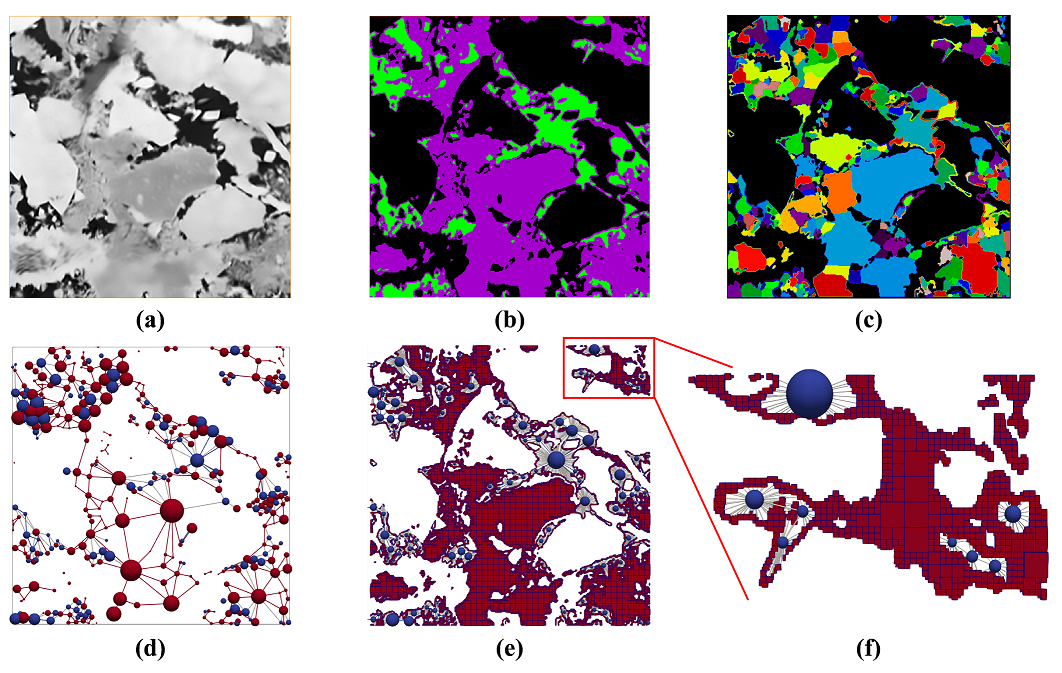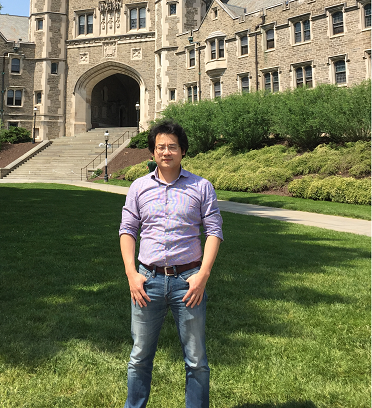Modeling of permeability and formation factor of carbonate digital rocks: dual-pore-network and pore-network-continuum models
Published in Transport in Porous Media, 2025
Many subsurface formations, such as soils, carbonate rocks, and mudstones, possess multiscale pore structures that impose significant challenges to the pore-scale modeling of flow and transport processes. Despite the development of several models, there is a lack of comparative studies and quantitative analysis to evaluate their performance. In this work, we present two image-based hybrid models for predicting absolute permeability and electrical formation factor: a dual-pore-network model (DPNM) and a pore-network-continuum model (PNCM). We use several publicly available digital rock samples of Estaillades carbonate, one of which includes experimentally characterized sub-resolution regions (i.e., microporosity) represented by 3D maps of porosity and entry pressure. We perform comprehensive comparisons between the DPNM and PNCM, focusing on the strengths and limitations of the DPNM. Our results show that, assuming homogeneous microporosity, both the DPNM and PNCM accurately predict absolute permeability and formation factors. However, for realistic heterogeneous microporosity, the DPNM significantly underestimates absolute permeability by more than an order of magnitude, compared to the PNCM. We also explore two methods to improve the performance of our DPNM. Our findings will provide a foundation for the application of DPNMs to a wide range of geological and engineering systems.

Recommended citation: Zhao, X., Shi, B., Wang, X. et al. Modeling of Permeability and Formation Factor of Carbonate Digital Rocks: Dual-Pore-Network and Pore-Network-Continuum Models. Transp Porous Med 152, 37 (2025). https://doi.org/10.1007/s11242-025-02177-1
Download Paper
